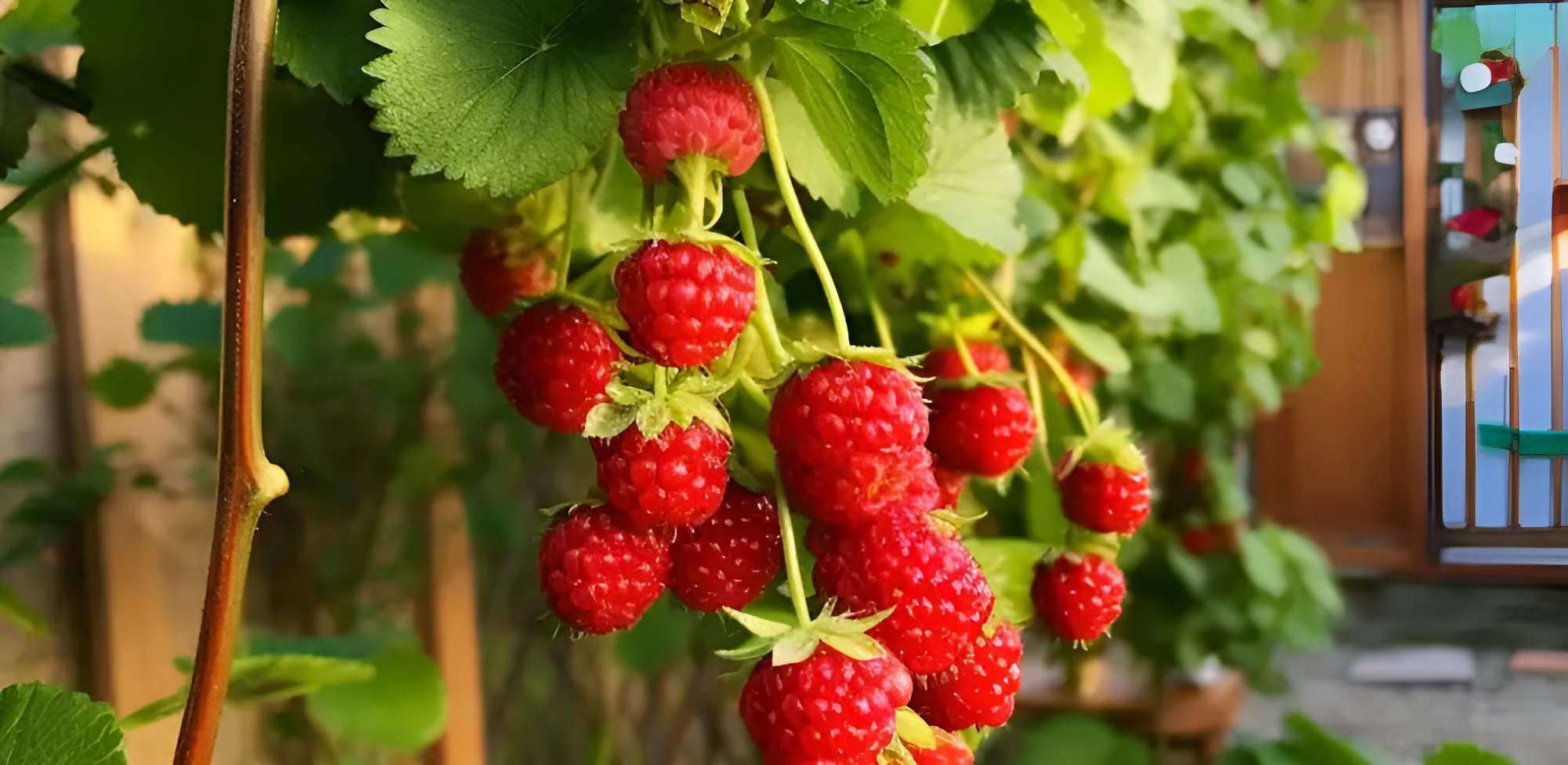
Growing raspberries from planting to harvest requires a series of well-timed and carefully executed steps. Here is a comprehensive guide based on various sources:
Select varieties
Different raspberry varieties are suitable for different climates and purposes. For example:
- “Canby” for New England and the Northwest, with red berries and almost thornless canes.
- ‘Heritage’, an ever-bearing variety recommended for the Mid-Atlantic and Ohio Valley.
- ‘Jewel’ and ‘Black Hawk’, both black summer-bearing varieties, are disease resistant and heat tolerant.
Plant
- Soil preparation : Raspberries thrive in well-drained, fertile soil. Before planting, enrich the soil with compost or well-rotted manure.
- Planting Spacing : Plant raspberries in rows about 18 to 24 inches apart with row spacing 4 to 6 feet.
- Watering : Water the plants thoroughly at first. Raspberries need 1 to 1.5 inches of water per week from spring until after harvest.
maintenance
- Mulching : Use straw or wood chips to retain moisture and suppress weed growth.
- Fertilization : Apply a balanced fertilizer or compost to the plants. Be careful not to over-fertilize as this can cause excessive leaf growth at the expense of fruit production.
- Pruning : This varies depending on the raspberry variety. For summer-bearing raspberries, prune the stems after fruiting in the summer. Everbearing varieties can be pruned in different ways depending on harvest preference.
Supporting the plants
Raspberries require support to keep the canes from bending or breaking. A trellis system, which can consist of simple posts with twine or wire, is effective. For black and purple raspberries, space the plants 4 feet apart, as they do not produce root suckers and will form a mound of canes from a single plant.
harvest
Raspberries begin to bear fruit in the second season. During fruiting, harvest the berries every few days, preferably on a sunny, dry day. Ripe raspberries come off the stem easily and without tugging.

storage
Fresh raspberries are perishable and are best enjoyed immediately after harvesting. They will last for about 5 days in the refrigerator. For longer storage, raspberries can be frozen in a single layer and then transferred to airtight bags.
Common challenges
Raspberries can suffer from iron deficiency (yellow leaves) or damage from pests such as scale insects. Maintaining the correct soil pH and using netting to protect the fruit from birds can help mitigate these problems.
If you follow these guidelines and monitor your plants regularly, you can enjoy a successful raspberry harvest. Remember: the key to a fruitful raspberry crop is careful variety selection, proper planting, regular care and careful harvesting.
